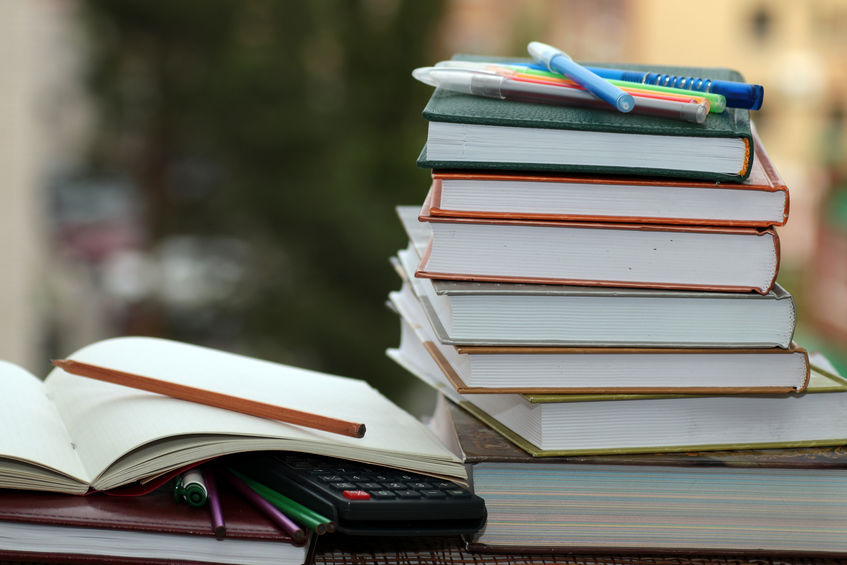Sorry, we could not find relevant search results.
The reason could be either one or all mentioned below:
- Check the spelling
- Use less keywords
- Use different keywords
- Use two or three words for best search results
- Do not use special characters in your search
- Do not use very long search phrase
- Go Home
